The acceptance by the UK marks a new phase in what is emerging as a closely observed regulatory race. With similar food safety requirements across the EU, the US, Singapore, Switzerland and the UK, the process will provide insights into which regulatory frameworks are most efficient in assessing and approving novel food technologies.
Earlier this year, the FSA selected Gourmey to participate in a regulatory sandbox—an initiative designed to accelerate approval pathways for novel foods derived from cellular agriculture. As part of this effort, the FSA intends to adapt its regulatory approach to allow pre-market tastings and the structured safety assessment of cultivated feed and food products.
Regulators in the European Union are likewise seeking to streamline approval processes in light of climate-related disruptions to agricultural output. The European Food Safety Authority (EFSA) has begun developing updated guidelines aimed at expediting evaluations of cell-cultivated products.
Market potential for cultivated food remains substantial. These products offer a stable price point, are free from antibiotics and animal suffering, and – according to model-based assessments – could reduce agricultural CO₂ emissions by up to 90%. However, until processes reach full industrial scale, production costs remain relatively high. Gourmey currently reported a cost of €7 per kilogram of cultivated meat.
The company has achieved significant cost reductions through bioprocess scaling. Its 5,000-litre bioreactor system has independently validated production costs of US$3.43 per pound—the lowest reported in the industry to date. A new partnership with Paris-based DeepLife SAS, a specialist in AI-guided cell cultivation technologies, aims to drive further cost efficiencies.
Based on average regulatory timelines, approval in Singapore and the United States—where assessments typically conclude within 12 months—could be expected within the current month. In the EU, where the average review period is approximately 18 months, a decision is anticipated by January 2026. The performance of the UK’s regulatory sandbox will be closely monitored to assess its practical effectiveness.
Global population growth, combined with rising incidence of drought-induced crop failures and livestock disease (impacting 30–50% of production in affected regions), is placing strain on conventional food systems. Life-cycle assessments of Gourmey’s process suggest that 90% of land currently used for traditional agriculture could be repurposed and that production in stainless steel bioreactors, despite relatively high energy requirements, could reduce CO₂ emissions by 92%.
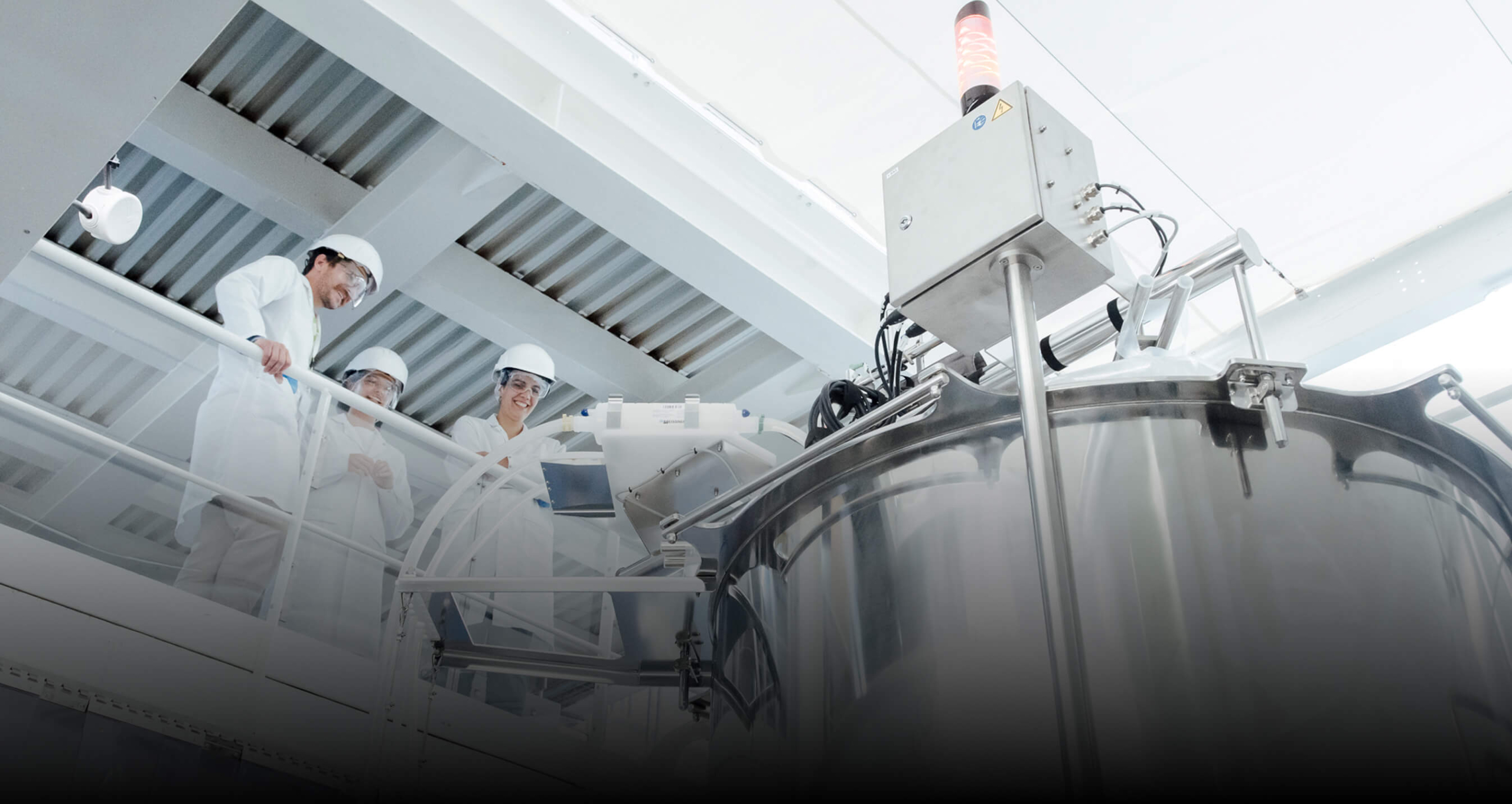

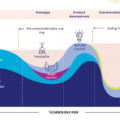

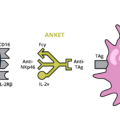







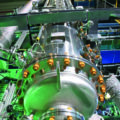


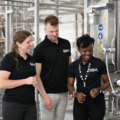
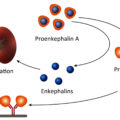
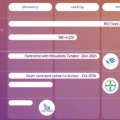




No Comments
Leave a comment Cancel